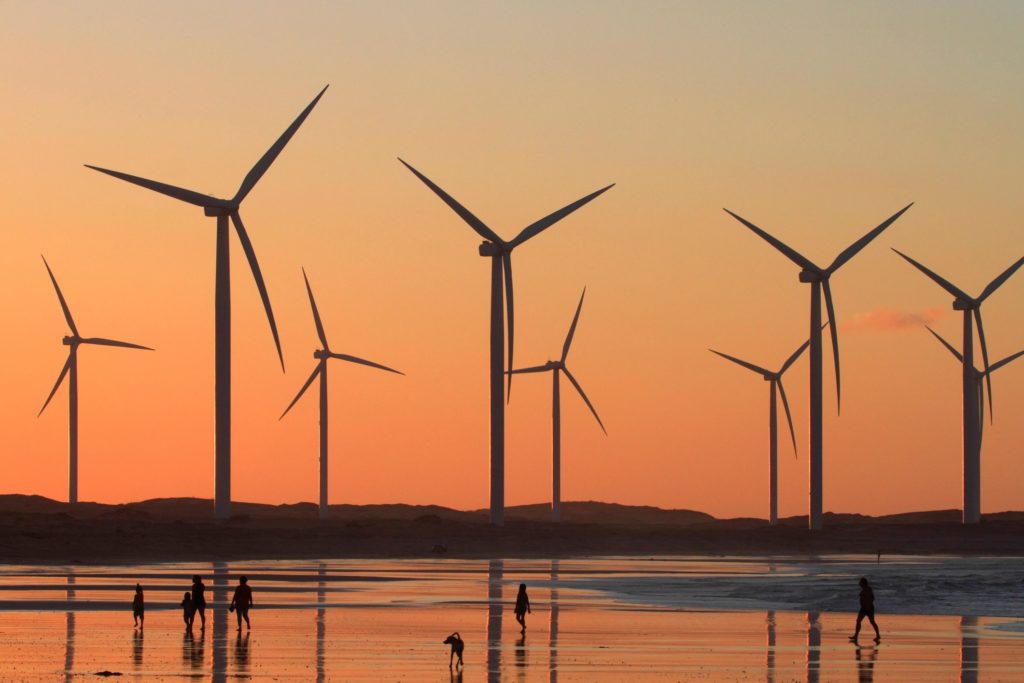RIO DE JANEIRO, BRAZIL – Brazil has reached an unprecedented position in the Global Wind Energy Ranking with a history of constant growth for ten years.
In 2021, Brazil ranked 6th in the Ranking of Total Installed Capacity of Onshore Wind Energy – that is, onshore – up from 7th in 2020. In 2012, the country occupied the 15th position.
With analytical data about the world market for wind-generated energy production, the report is released annually by the Global Wind Energy Council (GWEC) and used by entrepreneurs and authorities in the sector to guide their business and decision-making.

According to the document, China, the United States, and Germany have the largest total installed capacity onshore. Next are India and Spain, just ahead of Brazil.
When it comes to energy capacity, China takes first place by far, with 310.6 GigaWatts installed, more than half of the USA’s capacity: 134.3 GW. Brazil, on the other hand, has 21.5 GW of capacity. In 10th place, last in the ranking, is Sweden, with 10 GW installed.
To have an idea, according to ABEEólica – Brazilian Wind Energy Association, an installed capacity of about 20 GW can supply 28.8 million homes and benefit 86.4 million inhabitants.
In Brazil, wind energy is the second-largest source in the country’s energy matrix. With a 10.8% share, it is second only to hydroelectric power – generated from water – accounting for about 54% of all energy in Brazil.
According to Elbia Gannoum, President of ABEEólica – Brazilian Association of Wind Energy, Brazil already has 795 wind farms.
“There are already more than 9,000 wind turbines in operation, and wind energy is the second source of the country’s electricity matrix. Considering what we already have in signed contracts, we will reach 2026 with at least 36 GW. We can still go up a little more in this ranking, and we have great chances of doing so,” commented Gannoum.
There is yet another positive point for the Brazilians. In 2021 and 2020, Brazil was also the third country that installed the most wind power plants, only behind China and the United States.
In 2021, the global wind industry had its second-best year, with a 12% growth in total installed capacity. The world now operates with a capacity of 837 GW.
According to the GWEC, the fact is that while this is a positive development, the growth in this capacity needs to quadruple by 2030 to stay within the target of increasing global temperatures by a maximum of 1.5°C and zero net greenhouse gas emissions by 2050.
Thus, faster and broader growth is needed to ensure a safe and resilient global energy transition.
With information from CNN

